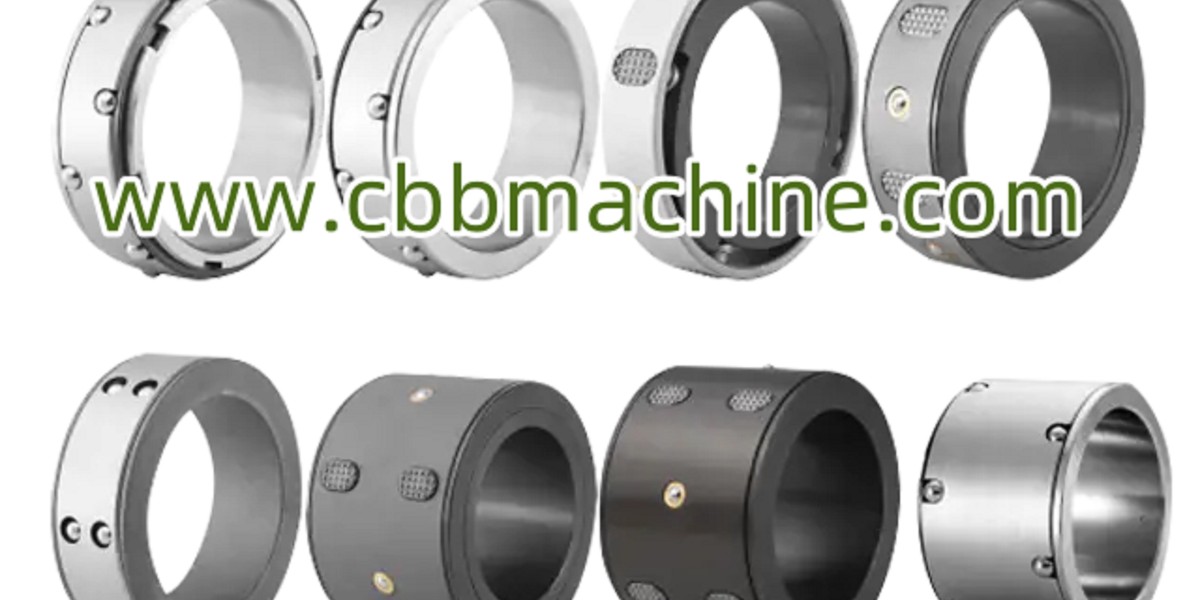In the converting and slitting industries, a Differential Shaft serves as a highly effective tool for managing multi-roll winding applications with precision and efficiency. This mechanical component is essential for operations where materials of varying thickness or tension characteristics are processed simultaneously, such as film, foil, paper, or label manufacturing. Its design allows each core to rotate independently, helping maintain uniform tension and preventing defects caused by uneven winding.
What sets a differential shaft apart from traditional air or mechanical shafts is its ability to correct tension discrepancies between individual rolls automatically. This is particularly important in high-speed environments where slight inconsistencies in web thickness or alignment could lead to roll telescoping, wrinkling, or breakage. By offering separate torque adjustments to each winding station, it ensures every roll remains stable and properly wound regardless of material variation.
The mechanism typically involves a friction-based system—using ball, roller, or leaf-type friction elements—that react to pressure differences. These allow torque to be transferred variably across each core, adjusting as needed in real-time. In doing so, differential shafts reduce manual adjustments and increase overall process reliability. For operators, this translates into fewer material rejections, less downtime, and higher throughput.
CBBMachine has focused on developing differential shaft solutions that support a wide range of core sizes, torque ranges, and operating speeds. Whether you’re handling lightweight films or heavier paper stock, these shafts are engineered to provide stability and adaptability. Their construction uses hardened steel and corrosion-resistant components to ensure long-term durability even in challenging production environments.
Another major benefit of using this technology is its contribution to material efficiency. In operations with multiple slit widths, differential shafts help prevent over-tensioning on smaller cores and under-tensioning on wider ones. This promotes even winding, better roll formation, and reduced scrap, which are vital for maintaining production quality and reducing cost.
Maintenance is also simplified. Because these shafts rely on internal, enclosed mechanisms with wear-resistant materials, they require minimal lubrication and infrequent part replacements. This further reduces operational downtime and total cost of ownership over the lifespan of the equipment.
When upgrading or selecting winding systems, incorporating a differential shaft not only improves performance but also adds flexibility to your production capabilities. From packaging to textile industries, its implementation supports higher efficiency, consistent output, and reduced operator intervention.
To learn more about technical specifications and integration support, visit: www.cbbmachine.com









